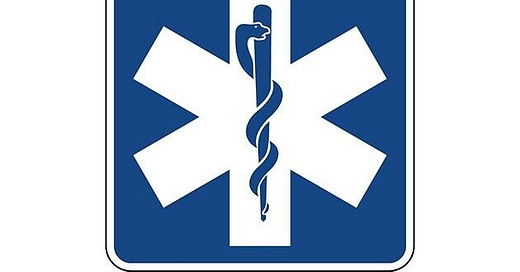Thank you for taking the quiz yesterday! Unfortunately, I lost a bunch of the responses when I clicked a bad button, so the response data is incomplete. As of this writing, here are the responses:
The data from this survey confirms that my misconception is shared by many of you. When I requested the EMS data from the town, I expected to see that motor ve…
Keep reading with a 7-day free trial
Subscribe to StrongHaven to keep reading this post and get 7 days of free access to the full post archives.




